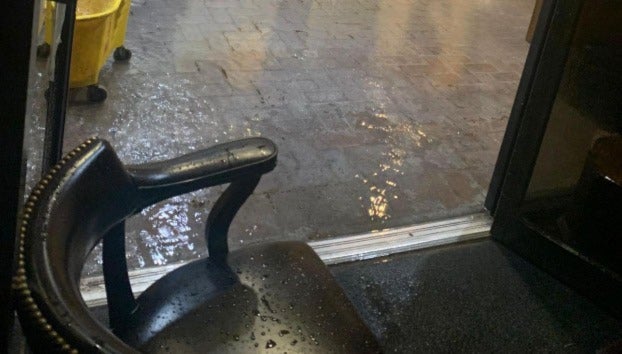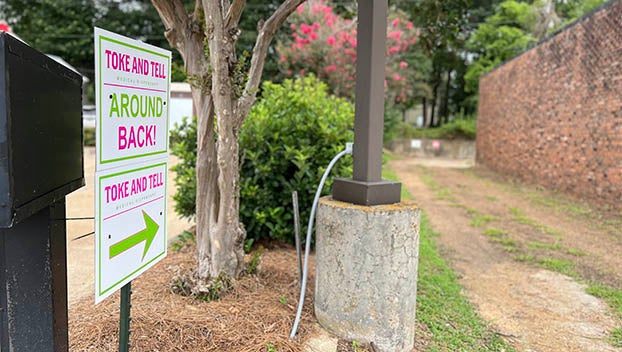Markers to be erected
Published 12:12 am Thursday, April 9, 2015
NATCHEZ — Adams County will soon start erecting its own historical markers to highlight some of the area’s lesser known history.
The Adams County Board of Supervisors moved this week to designate the portion of Lower Woodville Road from Col. John Pitchford Parkway to the Sibley post office as the Tunica Trail Tricentennial Bypass.
What is now known as Lower Woodville Road was at one time a trail the Tunica Indians used, local historian Smokey Joe Frank said, and later historic maps show it marked as the Woodville River Road.
It was also at one time an extension of the Great Mississippi River Highway from Chicago to the Gulf of Mexico, he said.
The Tunica trail naming is the second such designation by the supervisors. The first was the Natchez and Hamburg Railroad Company Memorial Byway on Morgantown Road, a naming also prompted by Frank in mid-March.
The Natchez and Hamburg line was 19 miles long and ran to Hamburg — which is south of Fayette — along what is now Morgantown Road, which Frank said only become a road following the dissolution of the railroad.
The designation of both trails came at Frank’s prompting, who said it was one easy for the county to contribute to the tricentennial celebration.
But Supervisors President Darryl Grennell said his interest is wider than the city’s tricentennial in 2016 or even the county and state’s bicentennial in 2017. It’s about helping remind the community of a wider history, he said.
“I didn’t know about these (historic trails), and I am sure the majority of the population here in Adams County didn’t know about them,” Grennell said.
“I think it is an excellent way of educating the public, putting those markers in. It is an interesting way history can be preserved, and the more of these trails we discover, I think they can be highlighted so the public, historians, academics and others can know they exist.”
Grennell said county could consider some kind of historic notation on a portion of the former International Paper property to mark the site of what Frank characterized as the earliest recorded slave quarters in the area, dating to a French farm in 1749.
“When the board was acquiring the IP property for Rentech, it was brought to our attention by Mississippi Archives and History that there was a sacred piece of that property that shouldn’t be tampered with because of some Indian mounds, and we agreed to that, but this is the first I have heard of the enslavement site,” Grennell said.
“I think that is something we might need to explore and get a kiosk that would preserve that for the future.”





